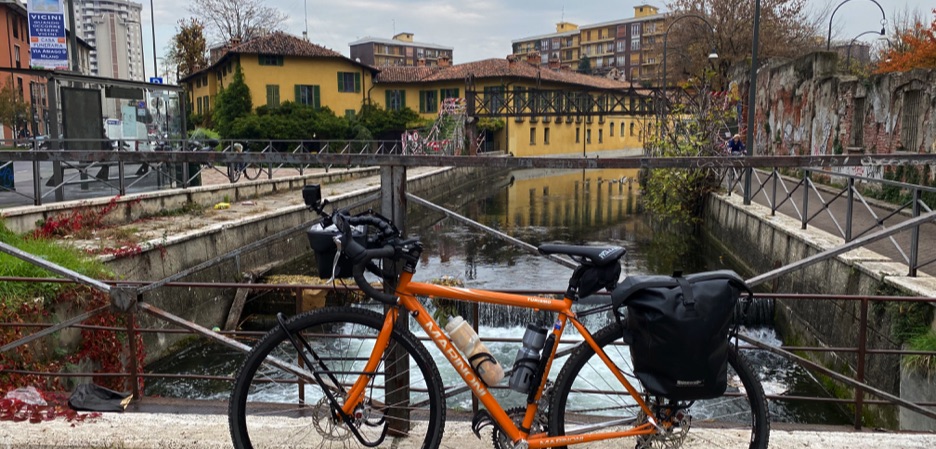
The Naviglio della Martesana is a canal in the Lombardy region, Northern Italy. Running from the Adda river, in the vicinity of Trezzo sull'Adda, to Milan, it is also known as Naviglio Piccolo.
The Canal Martesana was commenced by the duke Francesco Sforza and finished within a few years and was designed by Leonardo da Vinci and completed in 1496 under the guidance of Ludovico il Moro.
Itinerary:
The Martesana cycle path runs along the Milanese Naviglio Piccolo, starting from Cassina de 'Pomm at the corner of via Melchiorre Gioia and extends for 30 km passing through the municipalities of Cologno Monzese, Vimodrone, Cernusco sul Naviglio, Cassina dei Pecchi, Bussero, Gorgonzola, Gessate, Inzago and Cassano d'Adda, Groppello d'Adda, Vaprio d'Adda and Trezzo sull'Adda.
The cycle path follows the bank of the canal (32 Km one way). This route runs through wonderful countryside landscapes, small villages, many villas including those of Milanese nobles, farmhouses, that cross through countryside with extensive cultivated fields, ancient ruins, wooden bridges, picturesque houses, an ancient mill and you will see wild hares and other wildlife.
The cycle paths are mainly flat and ideal for all ages and skill levels which allows you to immerse yourself in the beauty of nature and discover past history.
The cities you pass through are connected by a railway network that you can use to transport bikes if you don't want to go back in the direction of departure. While I had decided to go back on the same road; there are always views that are appreciated in the back of the path!
Distance: 81.18 Km
The route
My fantastic Martesana pedestrian cycle ride starts from Cassina de 'Pom at the corner of via Melchiore Gioia Milano and extends for 30 km alongside the Naviglio leading up to Trezzo sull'Adda (the Adda river) and from there you can get there up to Lecco.
The first part of the route (Milan - Cassano d'Adda) runs parallel to the Martesana canal on a fully asphalted cycle path, crossing Vimodrone, Cernusco and Gorgonzola. The route runs without any interruption from urban centers that gradually become more and more; agricultural and rural.
The second stretch along the Adda river is a path on beaten earth and allows you to see some hydroelectric power plants (Taccani and Esterle), the iron bridge of Paderno, The Sanctuary of the Madonna della Rocchetta in Paderno d'Adda is located between the Adda river and the Naviglio di Paderno and Leonardo's ferry to Imbersago.
The Martesana Cycle Path In Milan, Lombardy Italy #1 Added (11/2021)

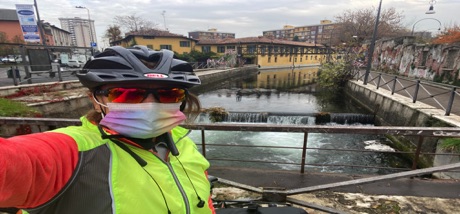
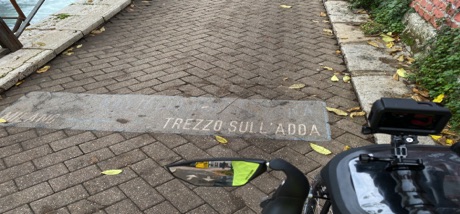
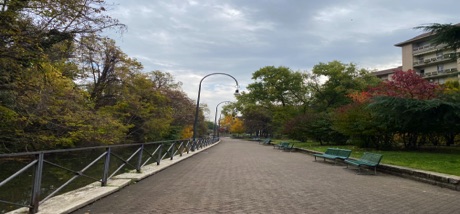
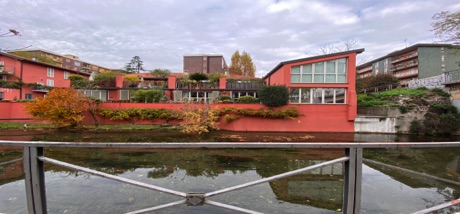
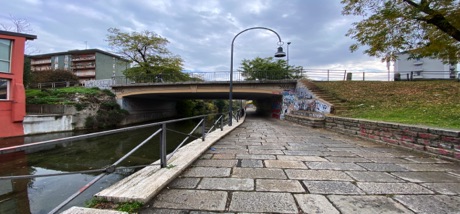
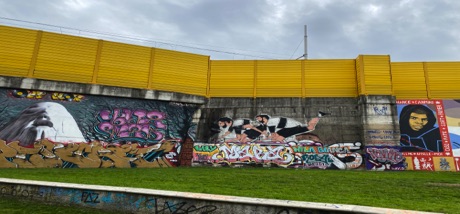
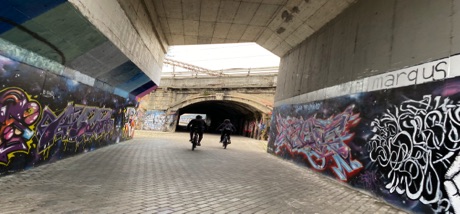
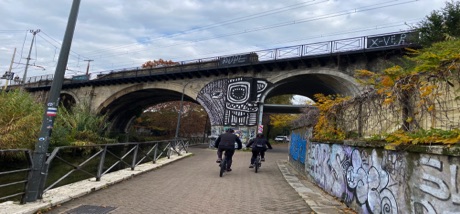
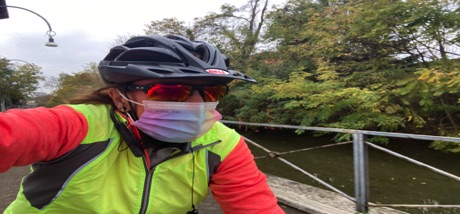

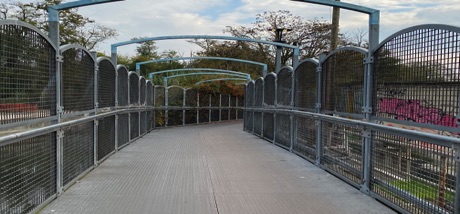
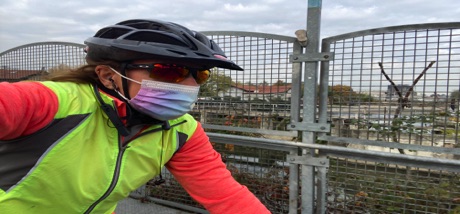
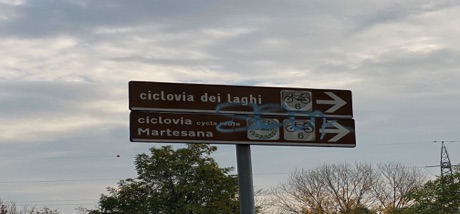
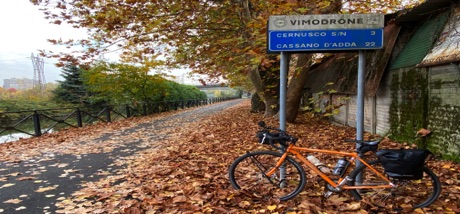
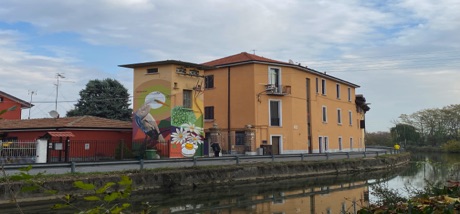
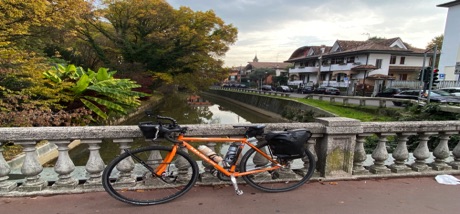
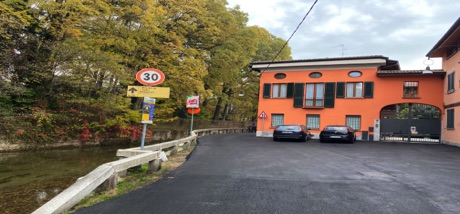

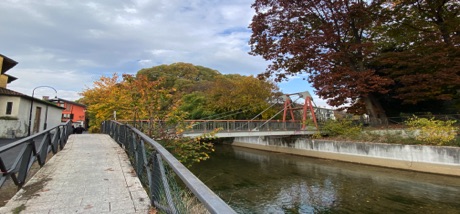
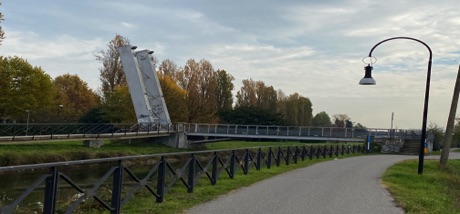
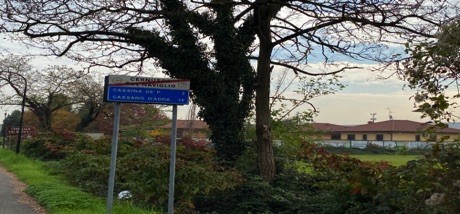
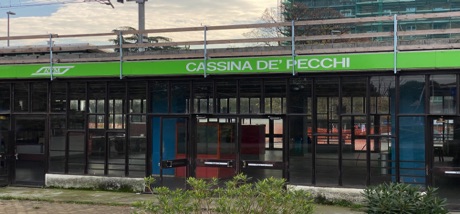
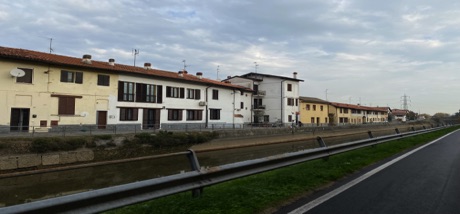
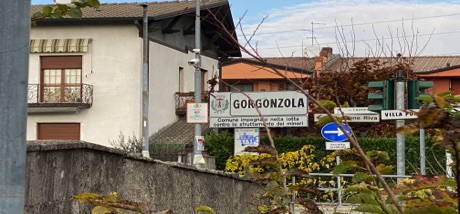
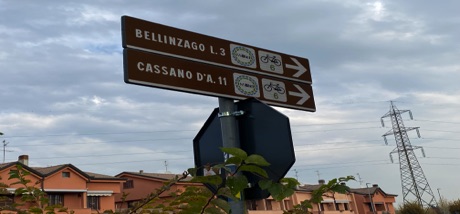
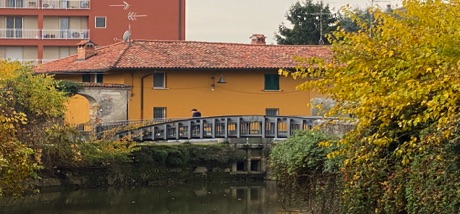
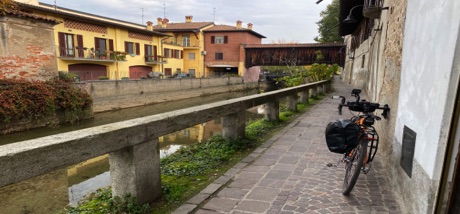
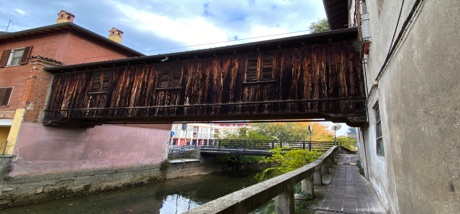
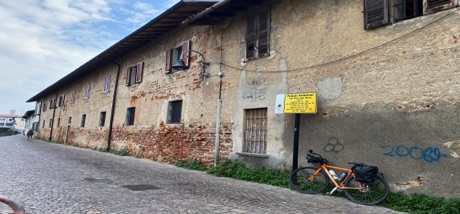
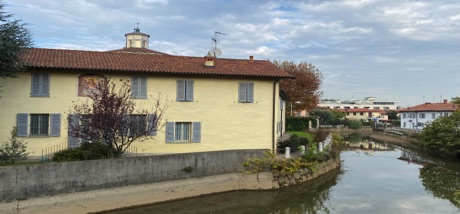
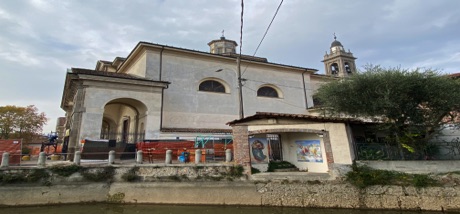
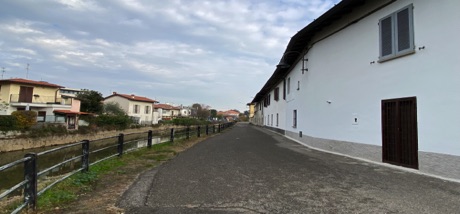

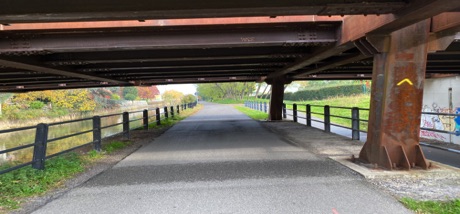

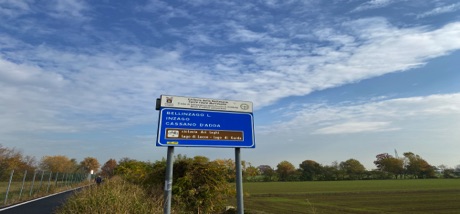
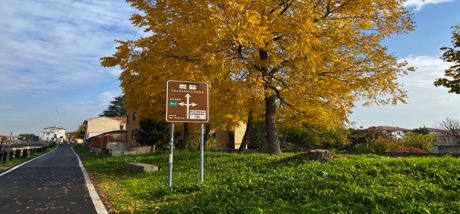
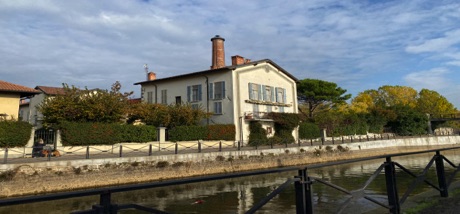
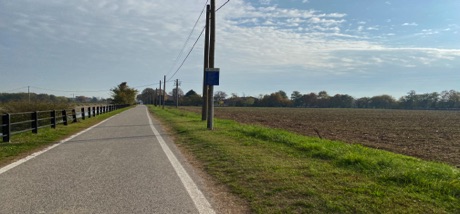
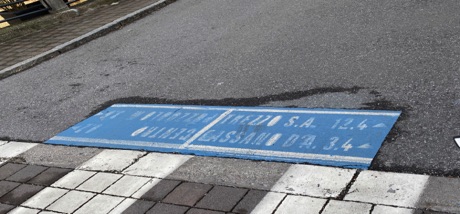
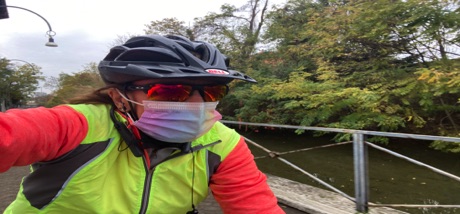
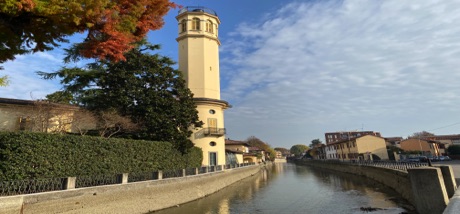
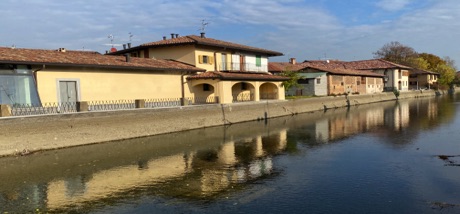

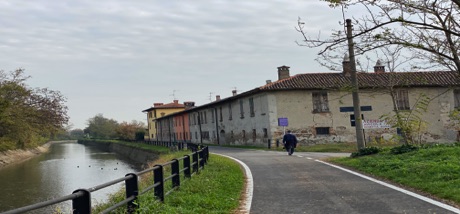
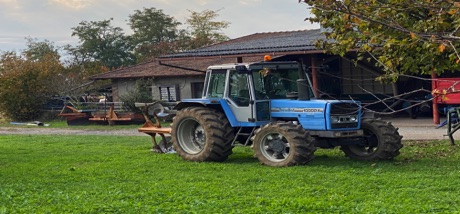
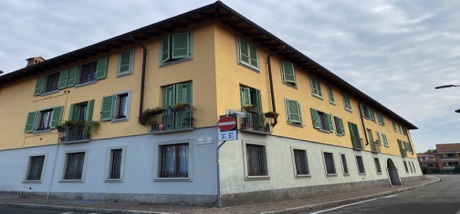
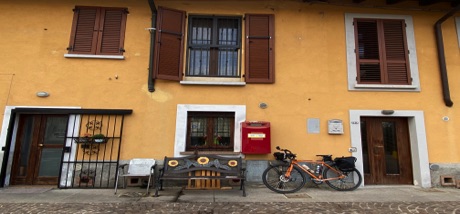
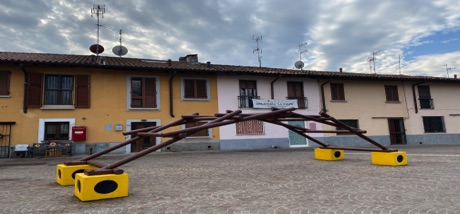
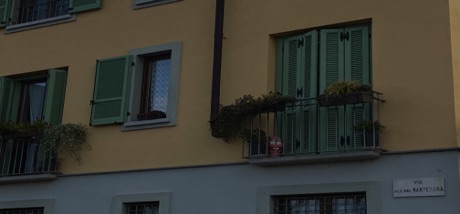
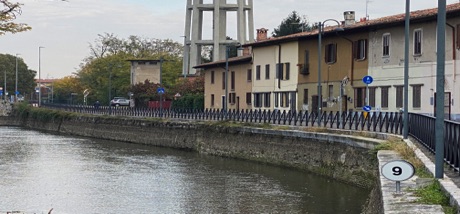
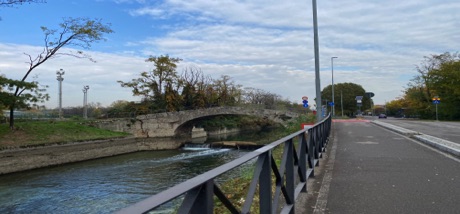
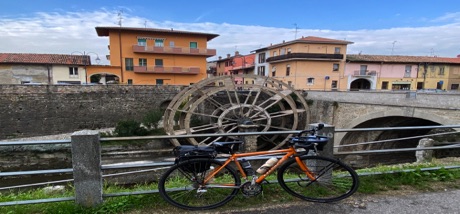
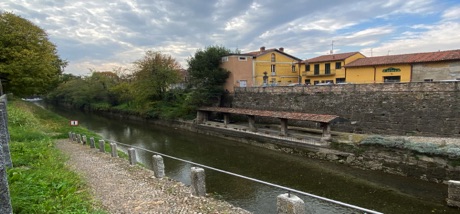
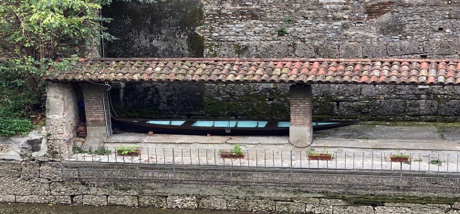
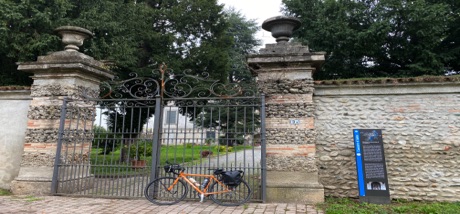
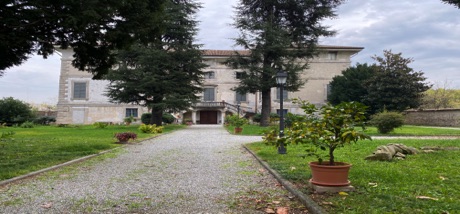
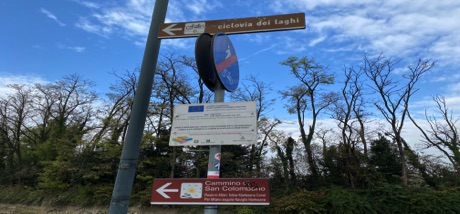
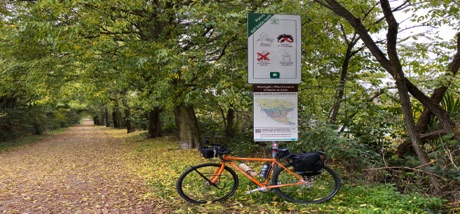
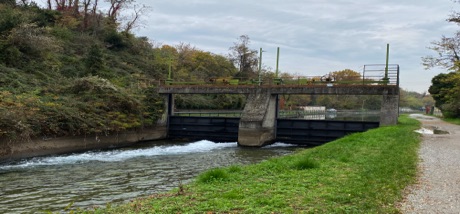
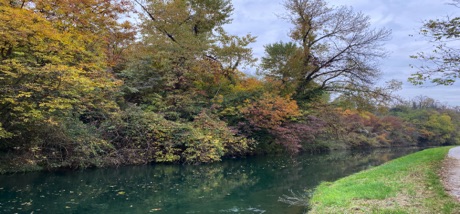
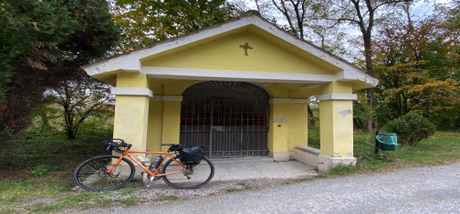
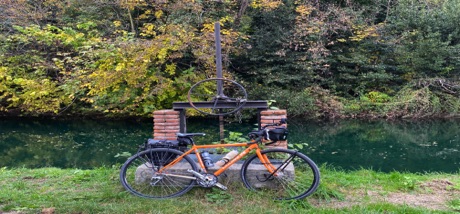
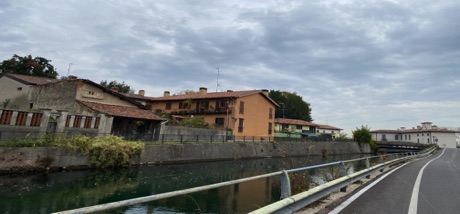
Self-suporting Bridge: The Reconstruction of Leonardo sa Vinci's Design. This bridge made of wood is an exclusive reconstruction of a designed bt Leonardo da Vinci. The original drawing is part of the Codex Atlanticus preserved in the Biblioteca Ambrosan in Milan, a collection of Leonardo's dwawings probably made between 1478 and 1518.
Once in Groppello d'Adda Places of interest on the bank are: Radun (Water Wheel) and The Archiepiscopal Villa. The Water Wheelwas designed by Leonardo da Vinci in 1618. The construcion of the noria (1593) was ordered by archbishop Gaspare Visconti, who wanted to exploit the water for his villa;s gardens thanks to an underground canal that passed over the bridge.
In Groppello d’Adda, on the coast between the river and the Martesana canal, it rises The Archiepiscopal Villa Initially it served as a summer residence for the Milanese prelates. Today the building retains the vast noble floor, the intimate nineteenth-century chapel and the surviving surrounding gardens.
Then you go on and you will find the signs for "cycle path of the lakes" and shortly afterwards you will find the Parco del l'Adda. The cycle path becomes a dirt road and you go up the Adda river and then you arrive in Vaprio d'Adda. The Adda river has source in Valtellina, at an altitude of 2,237 meters, from the Ortles Glacie, its the fouth longest river (313 Km) in Italy,
1
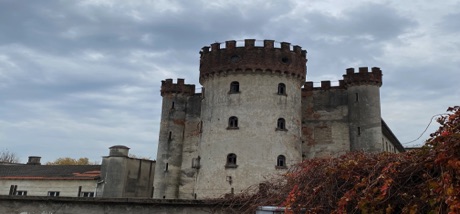
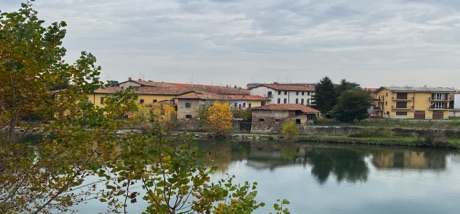
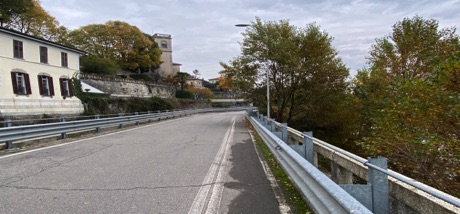
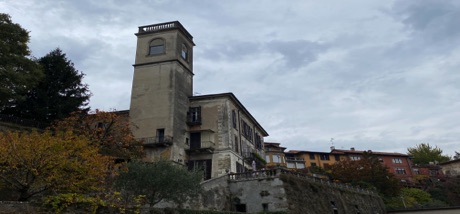
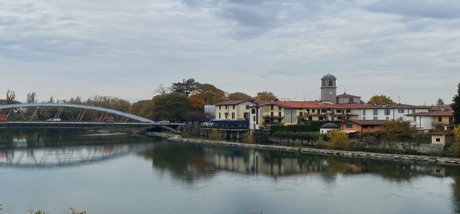
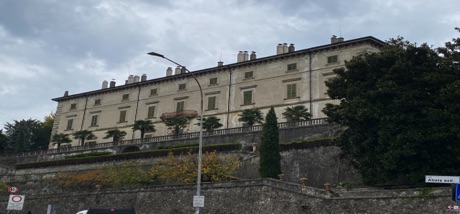
Also in Groppello d'Adda, between the river and the Martesana canal is the Palazzo Archivescovale Gropello. In the old days it served as a summer residence for the Milanese prelates. Today it is used for weddings or other events.
coming soon
